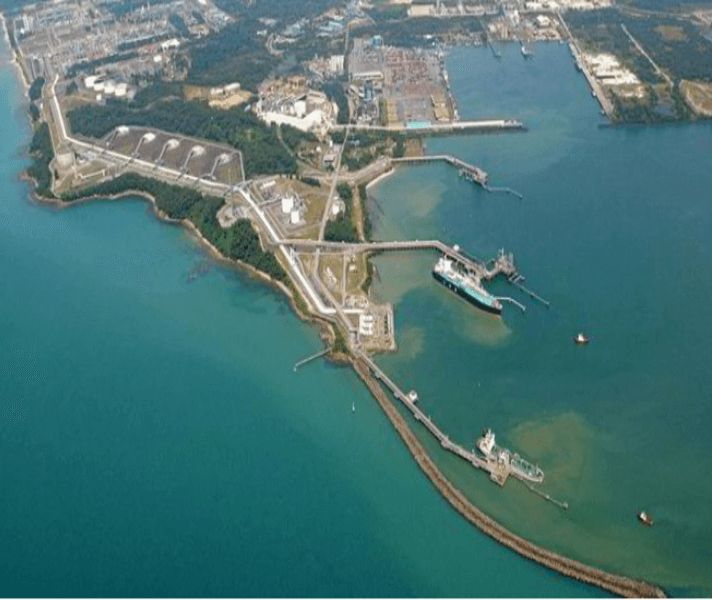Petronas awards dual FEED contracts for world's largest offshore CCS project

Petronas has awarded parallel front-end engineering and design contracts for its Kasawari phase two project offshore its native Malaysia, billed as the largest offshore carbon capture and storage project in the world.
In a surprise move, Petronas has pitted compatriot Malaysia Marine & Heavy Engineering (MMHE) against United Arab Emirates contractor National Petroleum Construction Company (NPCC).
MMHE has teamed up with Ranhill Worley for its successful bid while NPCC has chosen Technip Energies as its engineering partner. The FEED work is expected to take eight months to complete. Petronas will pay both pairings for their FEED work.
The expected follow-on engineering, procurement, installation and construction contract is scheduled to be awarded in the fourth quarter, possibly in tandem with Petronas taking the final investment decision.
Kasawari 2 requires the construction and installation of a fixed platform with both the jacket and topsides weighing between 10,000 and 14,000 tonnes apiece.
This new platform will be bridge-linked to the Kasawari phase one central processing platform, with a new 138-kilometre 16-inch subsea pipeline delivering the compressed CO2 for injection at a depleted reservoir at the M1 field.
“The Kasawari gas field is expected to come on stream by 2023, while its Carbon Capture and Storage (CCS) is expected to be operational by 2025," Petronas told Upstream.
Kasawari lies in Block SK 316 offshore Sarawak, East Malaysia in a water depth of 108 metres.
Going solo
National upstream company Petronas Carigali is currently going it alone on Kasawari after pulling the plug on a farm-out process that had attracted keen interest — up to a combined 49% interest in SK 316 had been on the table.
Petronas claims Kasawari will be the largest offshore CCS project in the world when it starts up, capturing 3.7 million to 4 million tonnes per annum of carbon dioxide.
A total of 76 million tonnes of CO2 from Kasawari will ultimately be injected at the M1 field, the company claims.
The operator last August awarded Kasawari 2 conceptual design and feasibility studies for the complete Kasawari CCS project to energy consultancy Xodus, a subsidiary of Oslo-listed offshore contractor Subsea 7.
Kasawari CCS (Kasawari 2) is targeting the first injection of gas in the fourth quarter of 2025.
Home grown
Petronas plans to deploy some of its own technologies, including the PN2 hollow fibre membrane, Cryomin — cryogenic distillation for high CO2 concentrations — and corrosion prediction software for supercritical CO2, for both the capture and storage elements of the Kasawari CCS project.
Upstream reported on 2 December that Petronas did not invite Malaysia’s Sapura Energy to bid for the Kasawari 2 FEED prize, with the contractor’s financial woes said by sources to have weighed on the operator’s decision.
Industry observers originally had expected Sapura to have been in the fray for the flagship job for which Petronas issued tender documents to both domestic and international contractors, including South Korea’s Hyundai Heavy Industries, which one well-placed source said had tied up with Aker Solutions for this tender.
However, NPCC was the only overseas player to ultimately bid, another source said.
The giant Kasawari hosts about 3.2 trillion cubic feet of recoverable gas reserves.
Block SK 316 is also home to the producing NC3 gas field that supplies feedstock gas to Train 9 at the Petronas LNG Complex at Bintulu, Sarawak.
Petronas Malaysia Petroleum Management in January said that more than an estimated 46 Tcf of potential carbon storage capacity has been identified across 16 of Malaysia’s depleted fields, which is more than ample for the nation’s forecast upstream CO2 emissions.
الرجوع